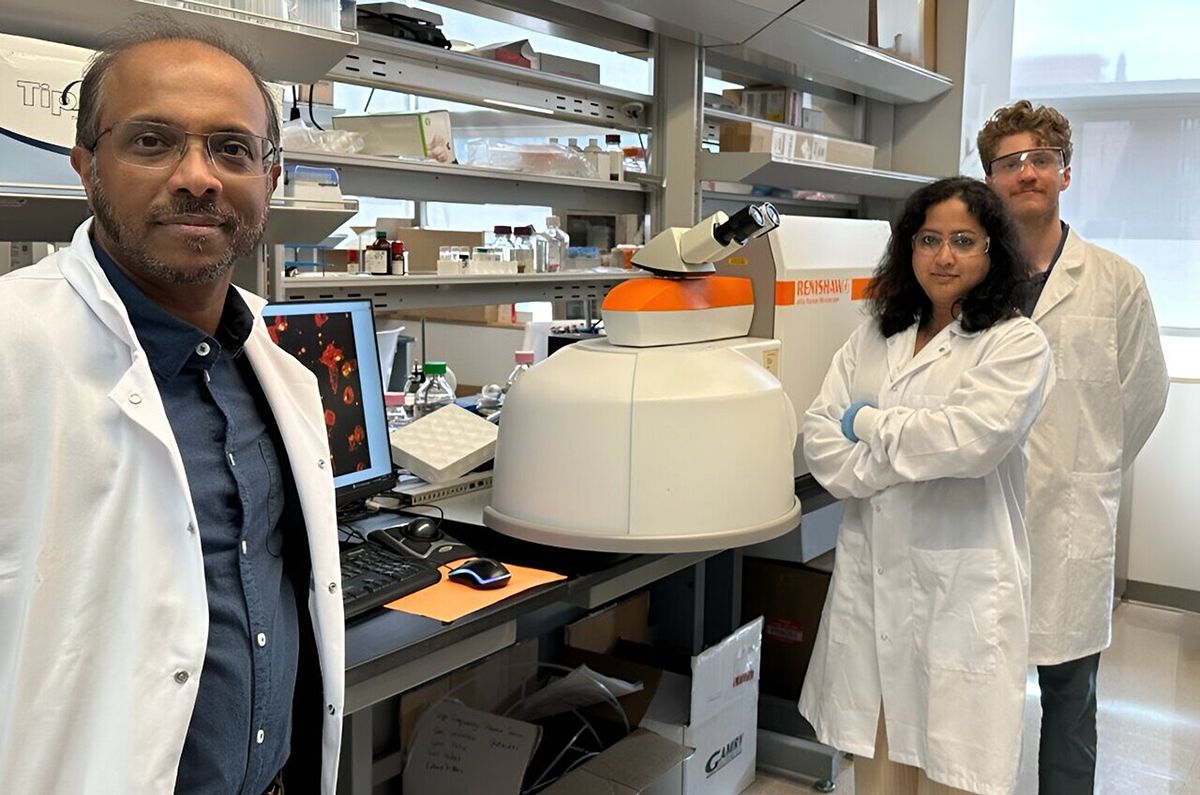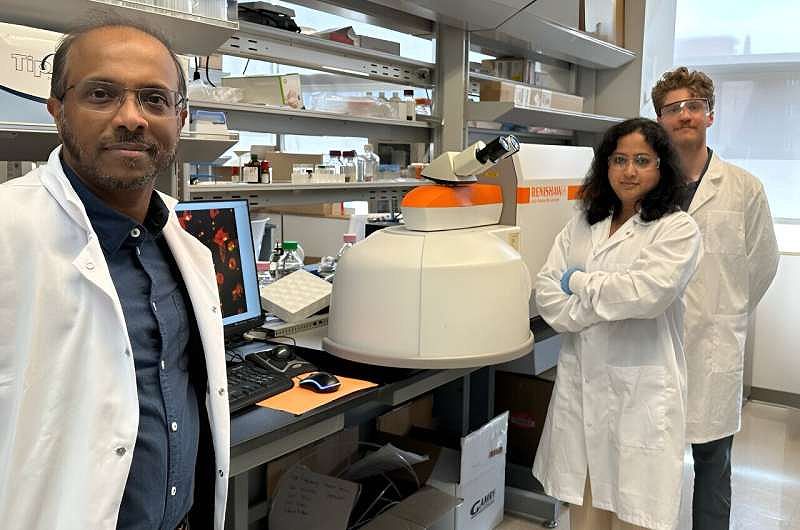Discover the remarkable properties of borophene, a superior 2D material that is more conductive, thinner, lighter, stronger, and more flexible than graphene. Researchers at Penn State have successfully induced chirality on borophene, allowing for unique interactions with biological units. This breakthrough could revolutionize the development of advanced sensors and implantable medical devices. Explore the potential applications of this promising material today.
The Superiority of Borophene: A Next Generation 2D Material
Borophene, the atomically thin version of boron, has emerged as a groundbreaking 2D material that surpasses the properties of graphene. With its remarkable conductivity, thinness, lightness, strength, and flexibility, borophene has captured the attention of researchers worldwide. Led by Dipanjan Pan, a team at Penn State has made a significant breakthrough by imparting chirality, or handedness, onto borophene. This development holds immense potential for advanced sensors and implantable medical devices.
With over 15 years of experience in technology journalism, Jennifer Roberts, a renowned content writer, explores the fascinating world of borophene and its applications. Her authoritative and well-researched voice, combined with her thorough analysis and comprehensive industry insights, provides a captivating perspective on this cutting-edge material.
Unleashing the Power of Chirality on Borophene
Chirality, the unique physicality of objects like left and right hands, has been successfully induced on borophene structures. This means that borophene can interact in unprecedented ways with biological units such as cells and protein precursors. Jennifer Roberts delves into the implications of this breakthrough, highlighting the potential for advanced sensors and implantable medical devices.
Through meticulous research and in-depth interviews, Jennifer Roberts uncovers the structural polymorphism of borophene. By arranging its boron atoms in different configurations, researchers can tune borophene to possess various properties, including chirality. This groundbreaking achievement paves the way for exciting advancements in medical imaging and drug delivery systems.
The Synthesis of Chiralized Borophene Platelets
Jennifer Roberts provides a comprehensive overview of the innovative synthesis method employed by the Penn State research team. By exposing a powdered version of borophene to external factors like heat or pressure, the team successfully created borophene platelets. To induce chirality, they mixed the platelets with different amino acids in a liquid. The preference of sulfur atoms in the amino acids for borophene opens up new possibilities for manipulating the material's interactions with cells.
Through her meticulous research and interviews with the researchers, Jennifer Roberts sheds light on the fascinating process of chiralizing borophene platelets. The findings from this study have the potential to revolutionize the development of higher-resolution medical imaging and more effective drug delivery systems.
Unlocking the Potential of Borophene in Healthcare and Beyond
Borophene's unique structure offers magnetic and electronic control, making it a versatile material with applications in healthcare and sustainable energy. Jennifer Roberts explores the ongoing projects at Penn State, where researchers are developing biosensors, drug delivery systems, and imaging applications using borophene. With its remarkable properties and the ability to induce chirality, borophene has the potential to revolutionize industries such as healthcare and energy.
Jennifer Roberts delves into the future possibilities of borophene, highlighting its potential impact on healthcare and sustainable energy. With ongoing studies and developments, this remarkable material could pave the way for advanced sensors, implantable medical devices, and other innovative technologies.
In Conclusion: Borophene's Promising Future
In conclusion, borophene's exceptional properties, combined with its newfound chirality, make it a material with immense potential for various applications. As Jennifer Roberts' research and analysis demonstrate, the breakthrough achieved by the Penn State research team opens up new avenues in advanced sensors and implantable medical devices. With ongoing developments and exploration, borophene could revolutionize industries such as healthcare and energy.


